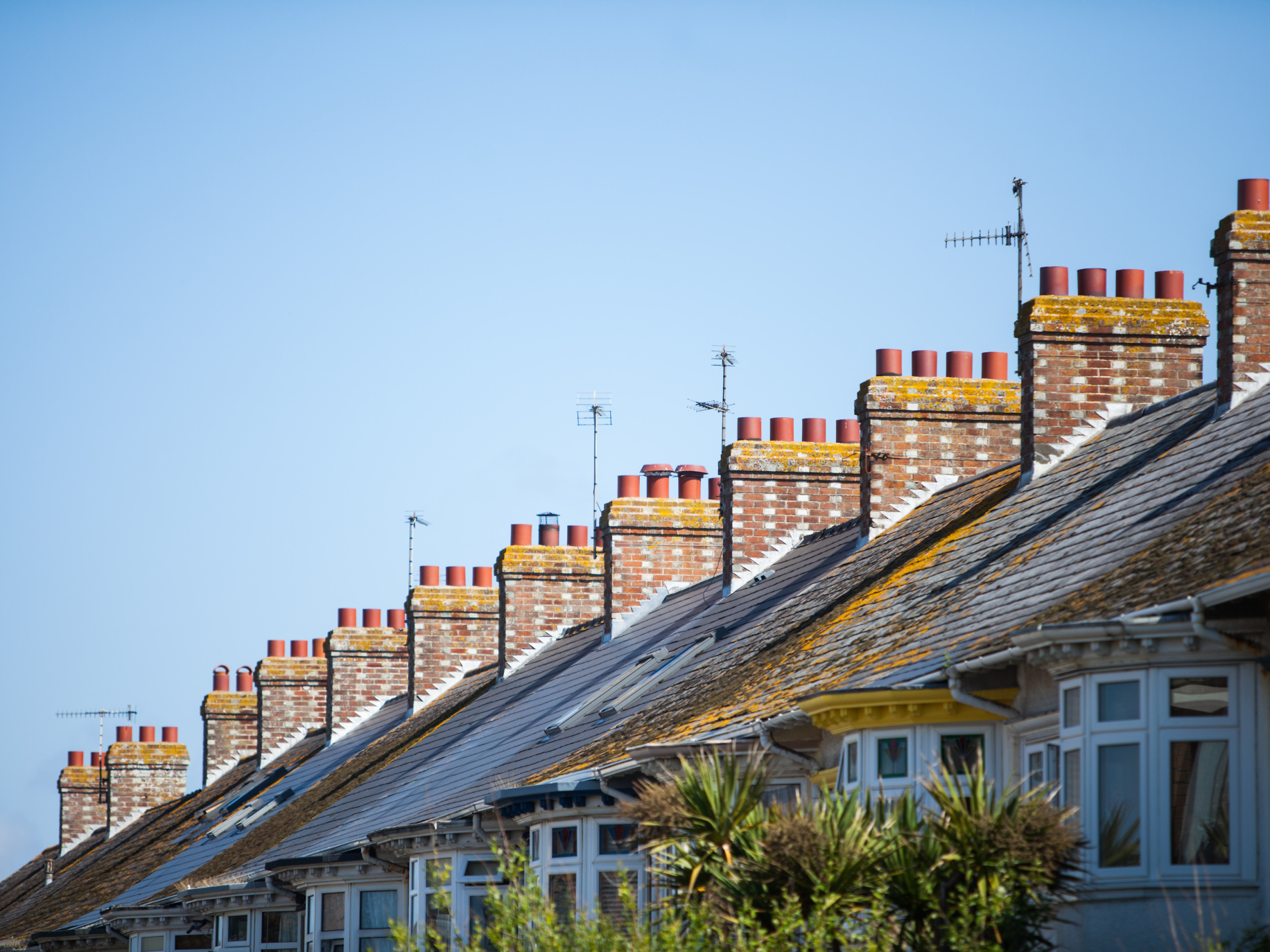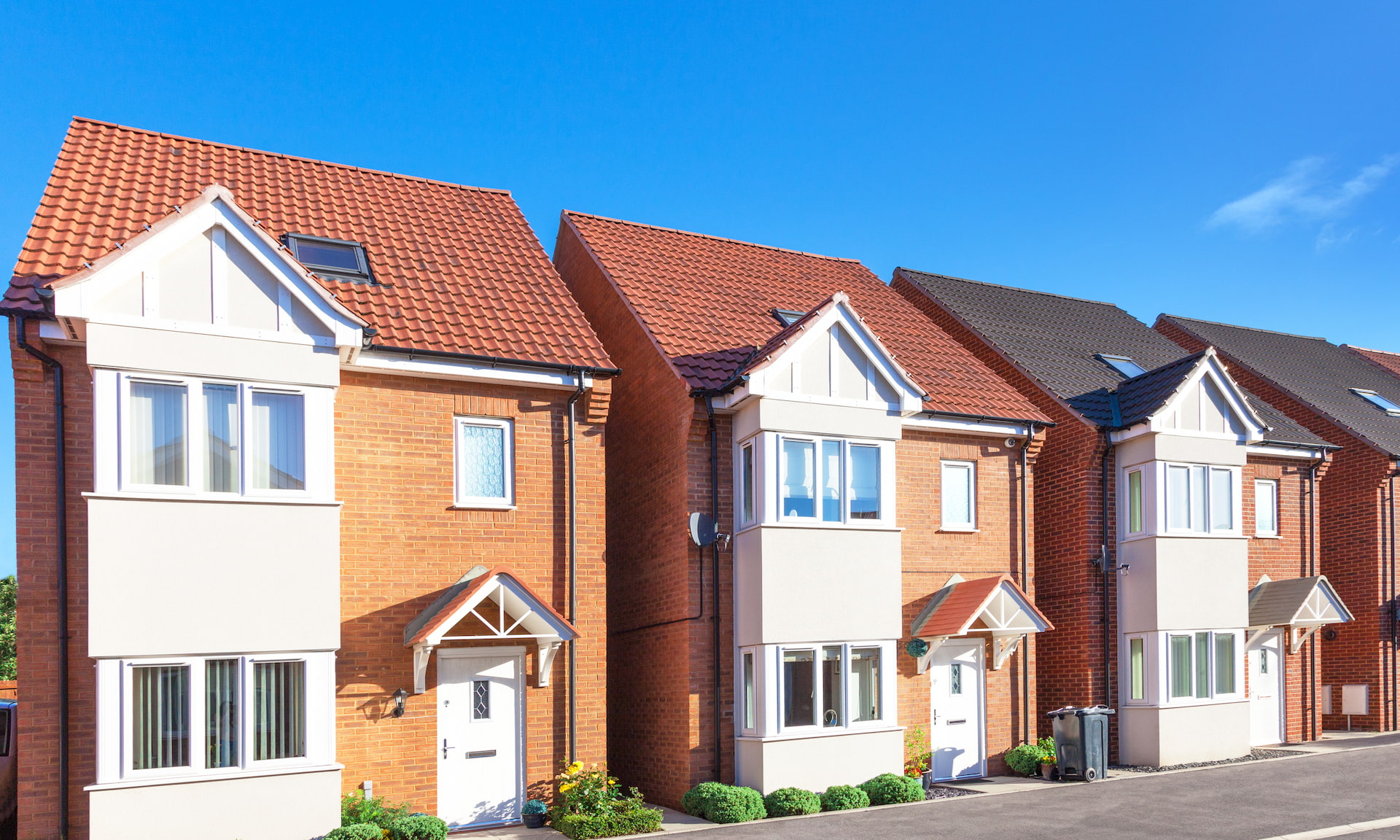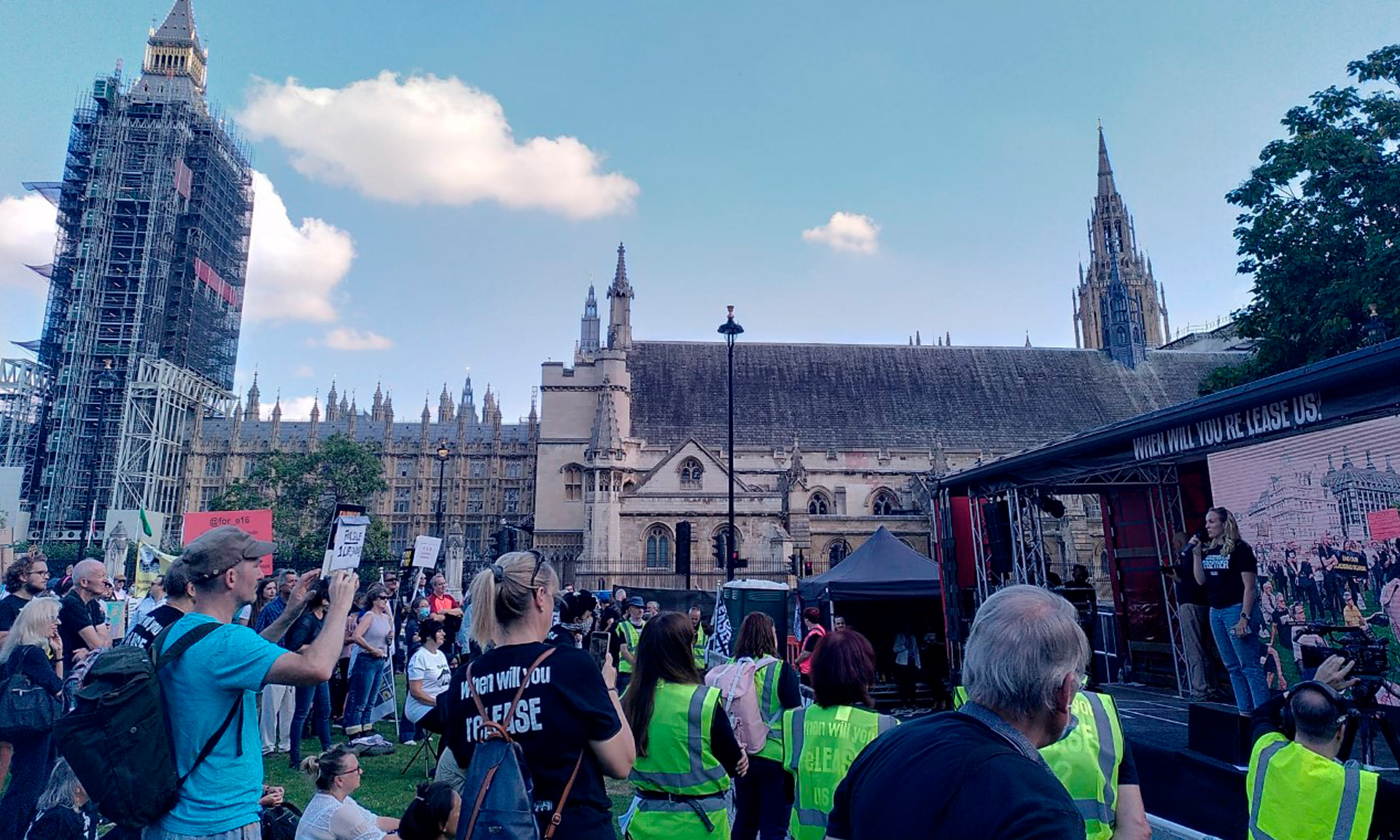
First-time buyers with small deposits may now find it easier to get a mortgage, with 90% and 95% deals becoming more readily available.
The government’s new mortgage guarantee scheme has resulted in dozens of low-deposit deals being launched this month.
Here, Which? reveals the best rates available to first-time buyers and gives advice on buying your first home in 2021.
Low-deposit mortgage deals return
Nine in 10 90% and 95% mortgages were withdrawn from the market in the wake of the Covid-19 outbreak last spring.
A year on, things are finally looking much better for first-time buyers with small deposits.
The vast majority of major lenders have now brought back their 90% mortgages, and the new 95% mortgage guarantee scheme launched earlier this month has resulted in a flurry deals coming back to the market.
The graph below shows how the number of low-deposit deals has risen over the last six months.
What is the mortgage guarantee scheme?
As you can see above, lenders have been slowly bringing back 90% deals since the end of 2020, but until recently there was no sign of 95% mortgages returning – meaning first-time buyers would need a deposit of at least 10% to buy a home.
With this in mind, the government launched a new mortgage guarantee scheme earlier this month. The scheme involves the government encouraging lenders to offer 95% mortgages by taking on some of the financial risks involved, for example if a buyer defaults on their loan.
The guarantee has been successful so far, with 78 fixed-rate 95% deals now available, compared to just five at the start of March.
As a buyer, it makes no difference whether the 95% deal you choose is part of the scheme or sits outside of it, so when comparing deals, make sure you focus on all of the available options.
Best rates on 90% and 95% mortgages
The mortgage guarantee scheme has certainly made a difference in the number of options available to first-time buyers, but rates remain significantly higher than those available on 90% deals.
The tables below show the cheapest initial rates currently available for first-time buyers with 10% and 5% deposits respectively.
90% loan-to-value
90% mortgage rates remain more than 1% higher than before the pandemic. With little to choose between rates, it’s important to focus on other aspects of deals, such as up-front fees. As you can see below, the cheapest five-year fixes have very high fees of up to £1,999.
Buyers who can’t afford or don’t want to pay these fees can instead take a slightly more expensive rate. On a five-year fix, it’s possible to get a deal with a £999 fee for 0.11% more than the cheapest rate, or a fee-free deal for 0.16% more than the cheapest rate.
Two-year fix
| Lender | Initial rate | Revert rate | Fees |
| Clydesdale Bank | 2.89% | 4.35% | None |
| Coventry | 2.99% | 3.99% | £999 |
| Atom Bank | 2.99% | 3.5% | £1,500 |
Five-year fix
| Lender | Initial rate | Revert rate | Fees |
| Clydesdale Bank | 3.28% | 4.55% | £1,999 |
| Cumberland | 3.29% | 4.09% | £1,999 |
| Atom Bank | 3.29% | 3.5% | £1,500 |
95% loan-to-value
It’s a similar story with 90% mortgages, with most major lenders bunching their rates at around 3.8-4% on two-year fixes and 4%-4.2% on five-year fixes.
On a two-year fix, buyers can get a fee-free deal with a premium of 0.1% on the cheapest rate. On a five-year fix, the additional cost is 0.15%.
Two-year fix
| Lender | Initial rate | Revert rate | Fees |
| Halifax | 3.73% | 3.59% | £995 |
| Lloyds Bank | 3.73% | 3.59% | £995 |
| Leeds | 3.8% | 5.29% | £499 |
Five-year fix
| Lender | Initial rate | Revert rate | Fees |
| Coventry | 3.89% | 4.49% | £999 |
| Metro Bank | 3.89% | 3.6% | £999 |
| Yorkshire BS | 3.99% | 4.49% | £995 |
How much can I borrow with a low-deposit mortgage?
When taking out a 90% or 95% mortgage, you can usually borrow up to four-and-a-half times your annual income.
As an example, if you and your partner collectively earn £50,000, you should be able to borrow around £225,000, as long as you meet the other criteria banks have in place.
There are exceptions. Last week, Nationwide announced it would allow first-time buyers to borrow five-and-a-half times their salary on mortgages up to 90% loan-to-value. This means that with that £50,000 salary, you would theoretically be able to borrow up to £275,000.
If you’re unsure about how much you might be able to borrow, or want to know which lenders might offer you the biggest mortgage, it’s worth taking advice from a mortgage broker.
How to buy your first home in 2021
It’s a tough time to get on the property ladder, with the pandemic bringing uncertainty and the stamp duty holiday resulting in rising house prices.
We’re here to help with all the advice you need, whether you’re putting money aside for a deposit or are ready to apply for a mortgage.
As a starting point, check out our step-by-step guide to buying a house, which takes you on the journey from saving a deposit to exchanging contracts.
If you’re struggling to get to grips with mortgages, we’ve got lots of advice on the different types of deal and how to apply.
Finally, why not check out our mortgage lender reviews, which combine customer ratings with our expert analysis to identify the UK’s best mortgage lenders?
This story was originally published in January 2021. It is regularly updated with the latest 90% and 95% mortgage deals and rates. The last update was on 28 April 2021.



